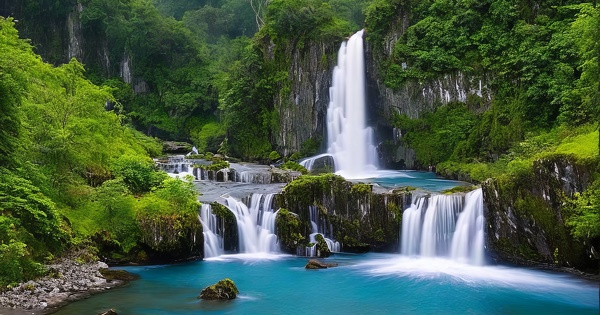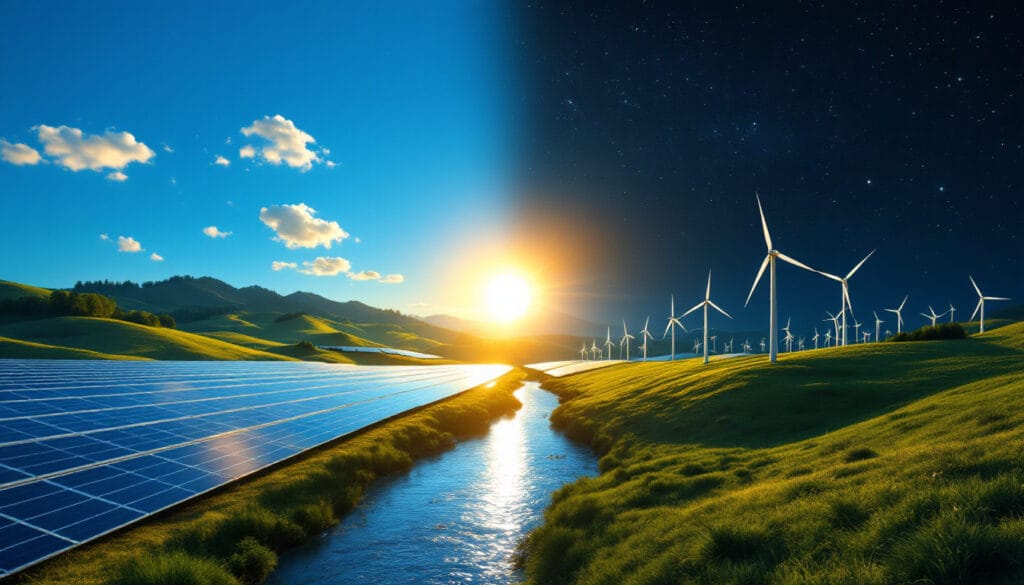The biosphere is a key concept for understanding how our planet functions. It encompasses all ecosystems present in the lithosphere, atmosphere, and hydrosphere. This article explores the definition, importance, and functioning of the biosphere, highlighting the complex interactions between its biotic and abiotic components.
What is the Biosphere?
The biosphere refers to all regions of our planet where life is possible. This includes the lithosphere (the Earth’s surface layer), the atmosphere (the layer of gases surrounding the Earth), and the hydrosphere (surface and groundwater). It is a global ecological system that encompasses all living organisms as well as the interactions among them.
Definition and Explanation
The biosphere is defined as the system formed by all of the lithosphere, atmosphere, and hydrosphere occupied by living organisms. It constitutes the part of our planet where life has developed, a very thin layer at the surface, but essential for the survival of all forms of life.
Composition of the Biosphere
The biosphere is composed of three main zones:
- The lithosphere: the Earth’s surface layer where soils and rocks support various forms of life.
- The atmosphere: the bubble of gas that surrounds the Earth, essential for the respiration of living beings and protection against harmful solar radiation.
- The hydrosphere: including all terrestrial waters, from oceans to rivers, and groundwater.
The Functioning of the Biosphere
The functioning of the biosphere is the result of interactions between its biotic (living) and abiotic (non-living) components. These interconnections manifest through constant transfers of matter and energy that ensure the stability and resilience of ecosystems.
The Players in the Functioning
Living organisms play a crucial role in the functioning of the biosphere. Plants perform photosynthesis, converting solar energy into chemical energy, while animals, bacteria, and fungi participate in decomposition and nutrient recycling, thus closing biogeochemical cycles.
Changes and Adaptations
The biosphere is dynamic and undergoes numerous changes, whether natural or induced by human activity. Ecosystems must constantly adapt to climatic variations, environmental disturbances, and changes in the composition of the atmosphere and hydrosphere.
The Impact of Humanity on the Biosphere
Human activity has a significant impact on the biosphere. Urbanization, intensive agriculture, deforestation, and pollutant emissions are just a few examples of human actions that profoundly alter ecosystems. Understanding these impacts is crucial for developing sustainable development initiatives and protecting our environment.
Towards Sustainable Management
To preserve the biosphere, it is essential to promote sustainable practices such as using renewable energies, conserving biodiversity, and reducing ecological footprints. Innovative solutions, such as biomass utilization and harnessing solar and wind energy, represent significant efforts towards more responsible management of our planet.
Articles similaires
Thank you!
We will contact you soon.













